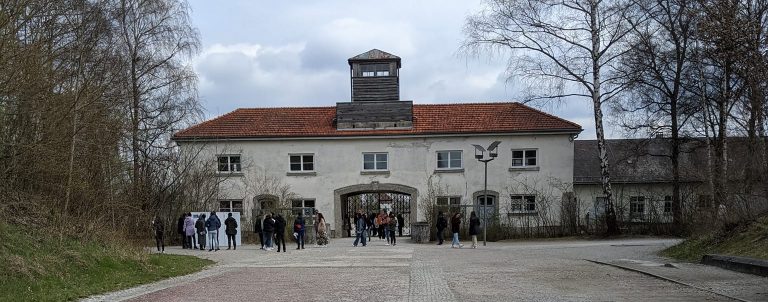A Hanukkah-shaped headstone engraved with the message “Do Not Forget” in 3 languages marked the final resting place of many at the “Grave of Thousands Unknown” at the Dachau Concentration Camp.
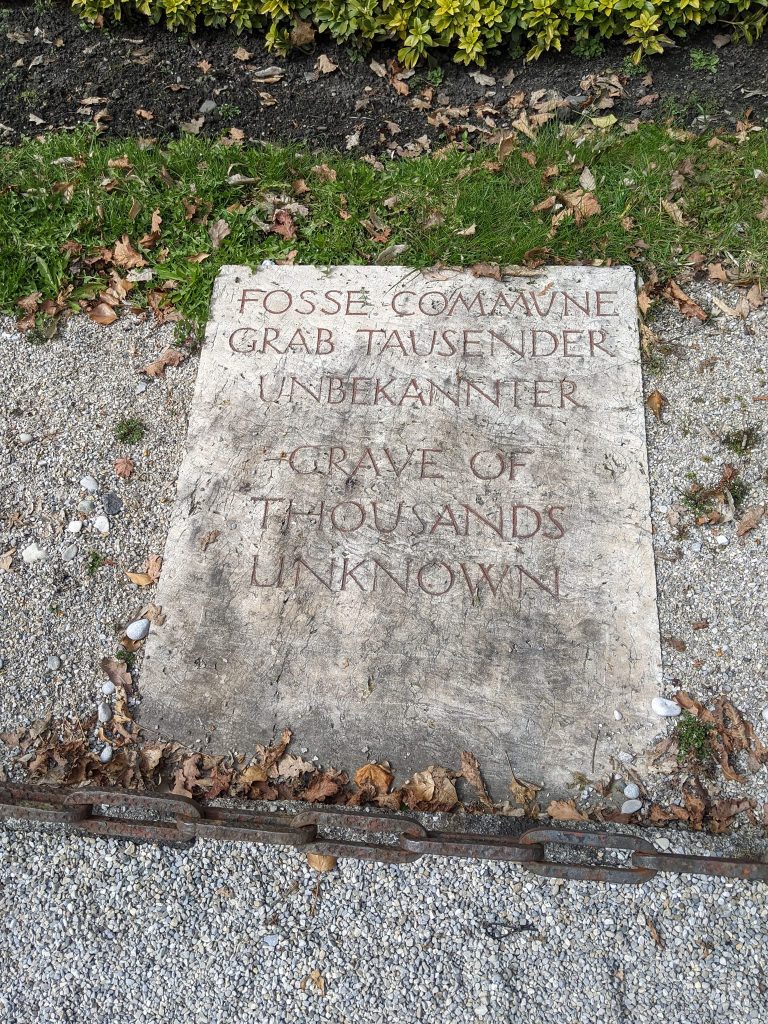
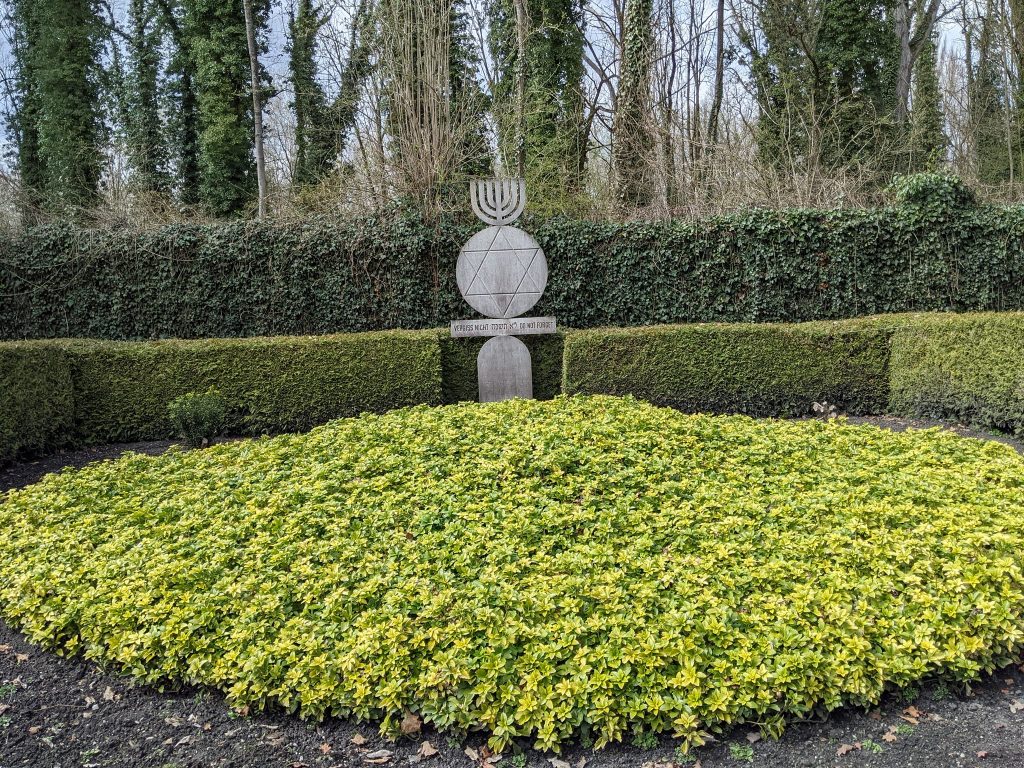
Dachau was built in 1933 after Hindenburg died and Hitler assumed leadership of Germany as Chancellor. Dachau was the first and became the prototype of all of Hitler’s concentration camps.
People were punished at Dachau with imprisonment, starvation and cruelty for living a a gay lifestyle, criticizing Nazism or being homeless, lazy, physically/mentally handicapped, Jew, Polish, Jehovah’s Witness or a Social Democrat. To prevent starvation, prisoners ate dandelions randomly growing by the cracks of structures.
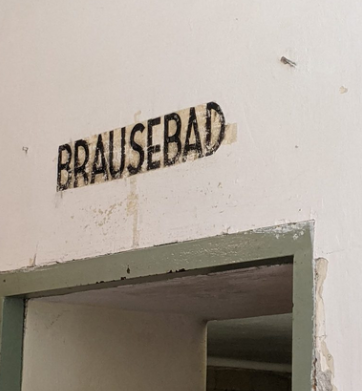
Around 200,000 were interned at Dachau. It was a facility with a capacity of 6,000 people; yet housed, at its peak, around 60,000 prisoners. 40,000 died at the camp and 3,000 more died from sickness after its liberation.
At Dachau was a gas chamber used to kill en masse to lessen the prison population. Its entrance was labelled “Brausebad”, meaning shower. On the pretense that they were getting bathed, prisoners were told to undress and enter the room adorned with fake shower heads on the ceiling and walls.
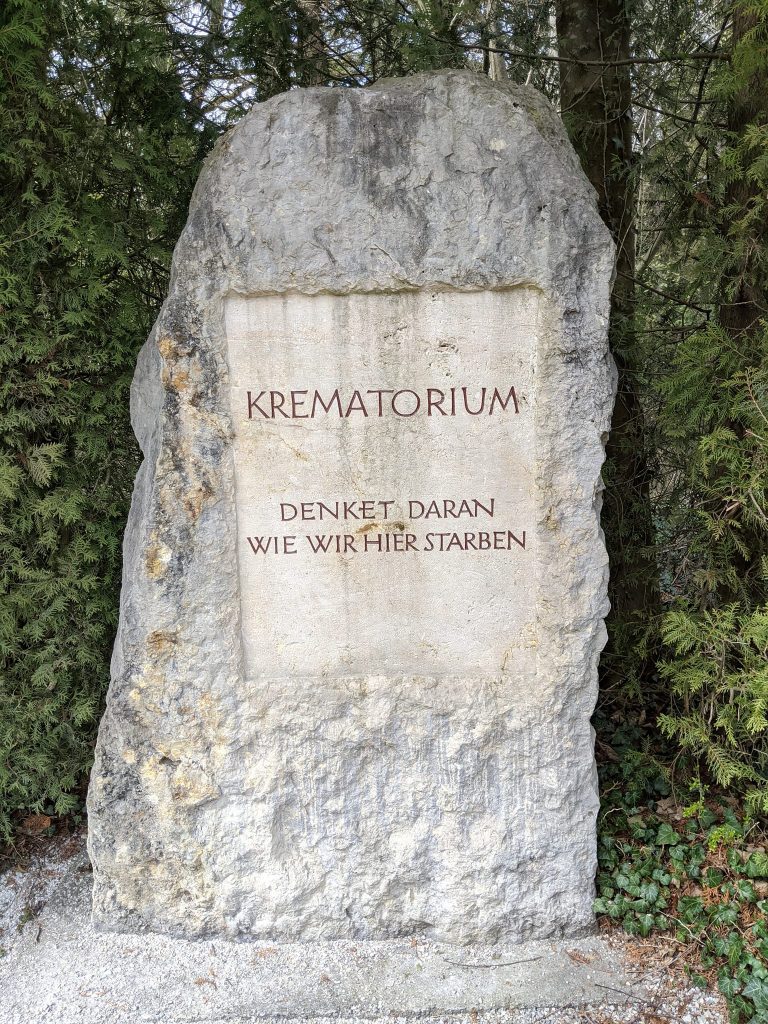
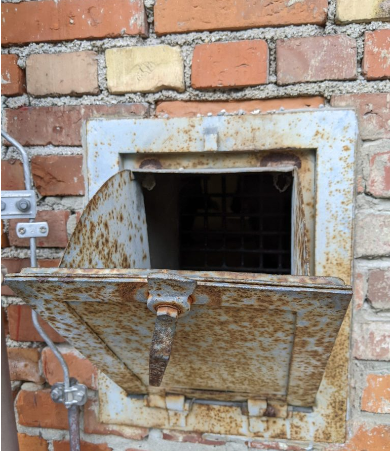
The gas chamber had a red brick outside wall with two metal encased slots that could hold poison gas. When in use, the metal slots were locked shut until everyone inside the chamber was dead.
On site, Dachau had a crematorium with several cremators capable of reducing dead bodies to bones and ashes. However, because so many prisoners died at Dachau, the Nazis ran out of coal to run the cremators and out of time to burn all the dead bodies.
Upon arrival of the US Army to liberate the Camp in 1945, the soldiers found a large pile of corpses in front of the crematorium.
When it became obvious that Germany was losing and the end of the war was near, the Nazis tried to empty the camp and destroy all evidence of atrocities. Prisoners were sent to other places on death marches. 30,000 prisoners still remained when the liberators came.
Several monuments pay tribute to those who suffered and died at Dachau. Catholic priest Johannes Neuhausler, a Dachau survivor who later became the auxiliary bishop of Munich, initiated the creation of the Mortal Agony of Christ Chapel, the first religious memorial built inside Dachau. Other religions (Jewish, Russian Orthodox, Protestant) followed.
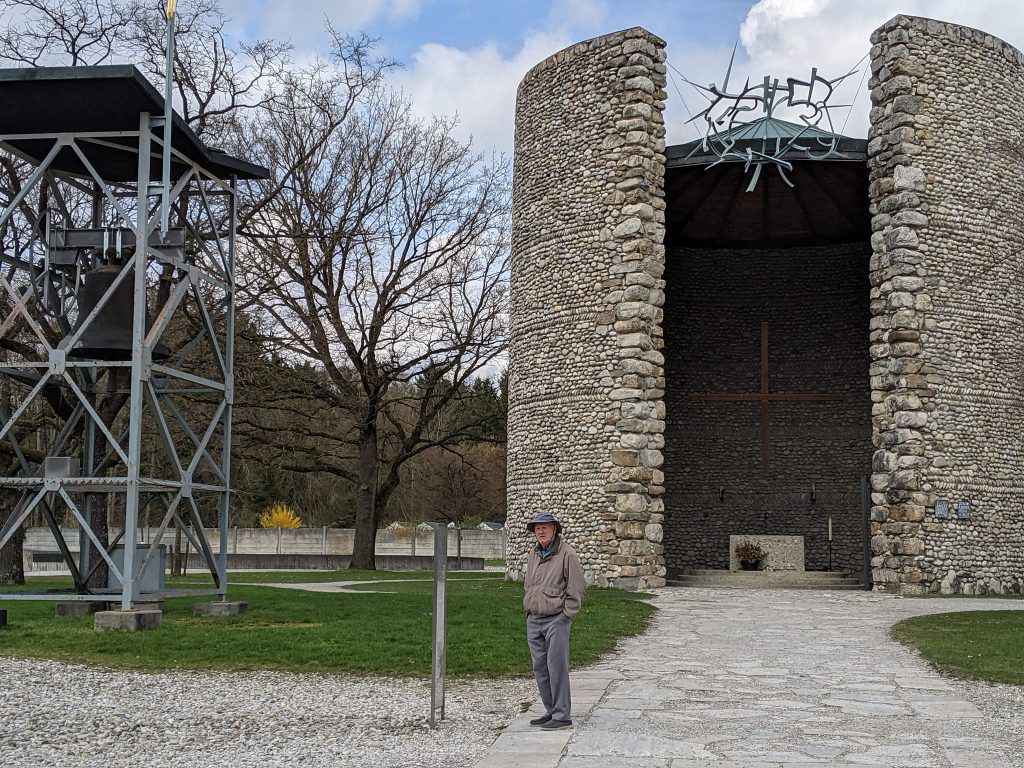
The Order of Discalced (without shoes) Carmelites founded by Teresa of Avila in the 16th century built the Convent of the Precious Blood behind the Chapel. It is a place of offering and prayer, and a living symbol of hope. The convent’s courtyard is the final resting place of Bishop Neuhausler.
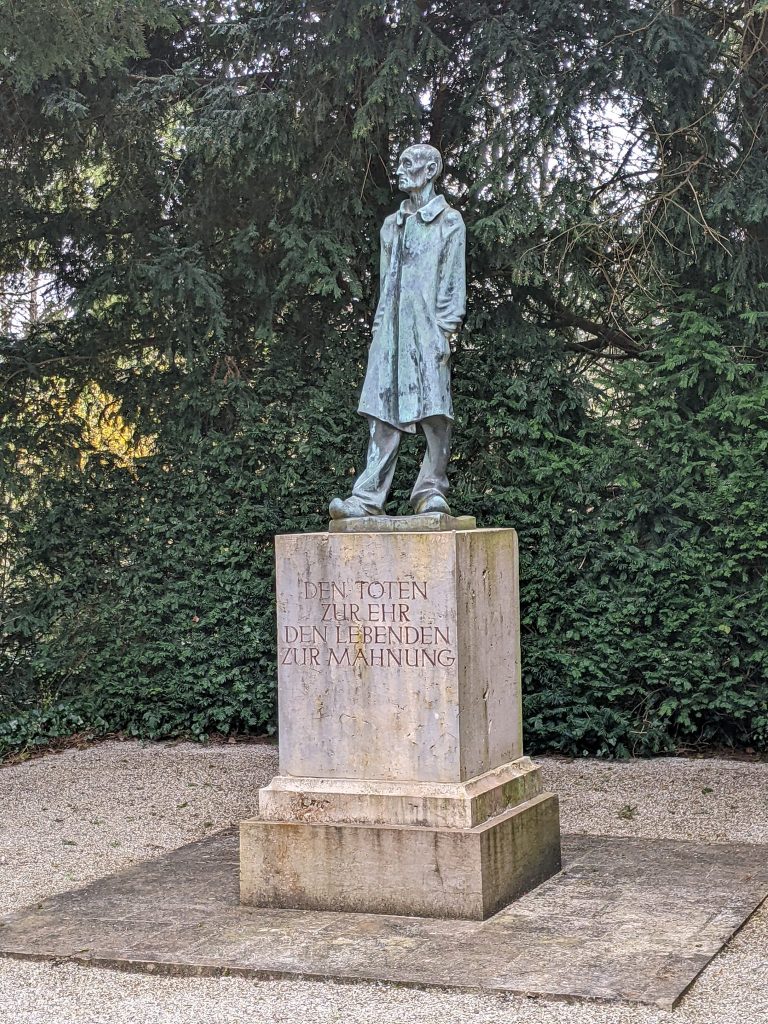
Today, lessons learned from history’s mistakes are memorialized in Dachau with a bronze statue of a gaunt and scrawny man, proud and dignified in pose but shrunken by starvation whose body could no longer fill the clothes he wears. He stands as a quiet symbol of hope that “The dead teach the living through their lives”.
